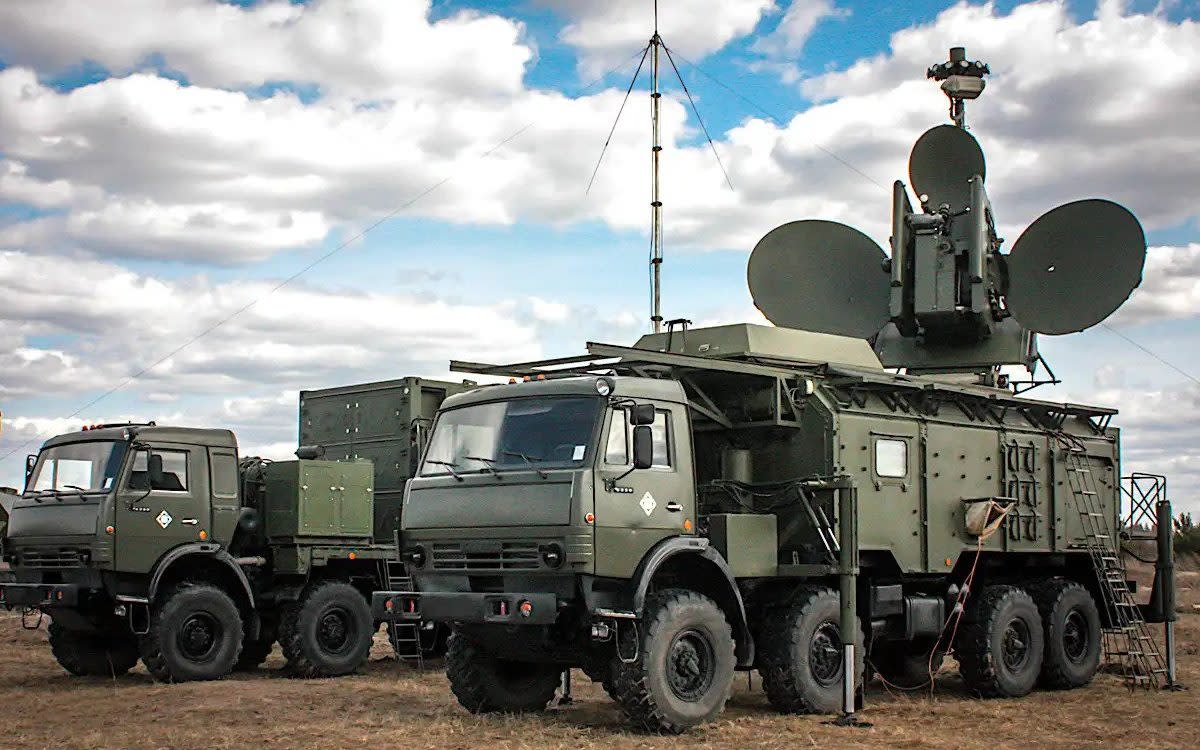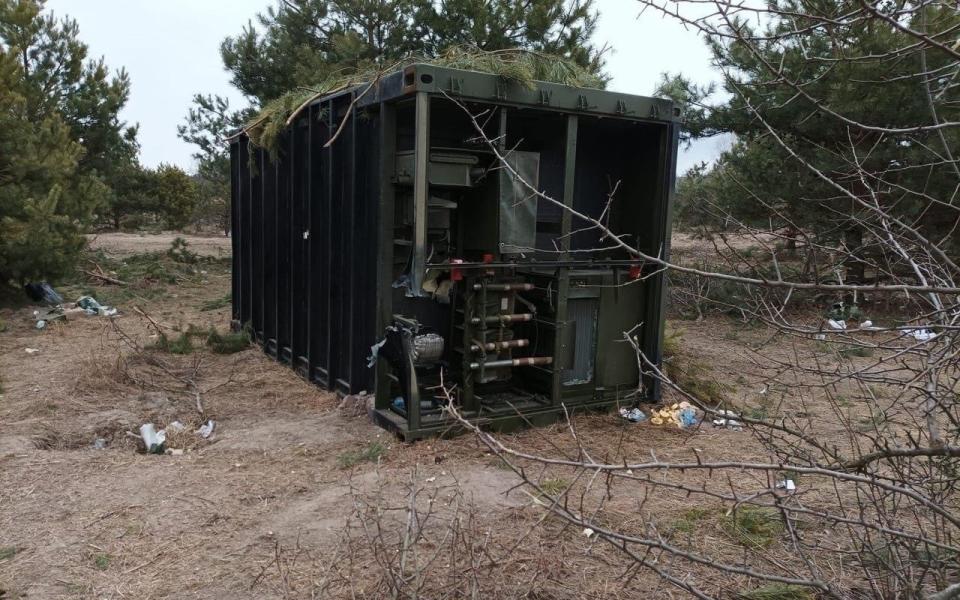Russian military secrets could be laid bare after Ukraine captures electronic warfare systems

Western spy agencies are getting ready to examine one of Russia’s most potent electronic warfare systems after a unit was captured in Ukraine.
The Krasukha-4 system, designed to jam large radars and satellites, was recovered from the battlefield near Kyiv partly damaged but otherwise intact.
Intelligence officials will be keen to exploit the find to gauge how efficient the Russian kit is at tracking Nato aircraft.
The equipment will likely be transported by road to the US Air Force base in Ramstein, Germany, before it is flown to the US for closer examination.
Nato military chiefs have been wary of the technology for years as they fear it is capable of tracking the alliance’s airborne warning and control aircraft, which act as air traffic control in the event of conflict.
The equipment can also jam radar reconnaissance satellites and drones.
A Krasukha-4 system is believed to have been used in Syria against Turkish forces flying TB-2 Bayraktar drones. The Russian electronic warfare radar was thought to have interfered with the control signal to the drones, causing them to lose control and crash.
Ukraine is using TB-2 Bayraktar drones to destroy Russian tanks and armoured vehicles.
The command module was found on its side with rudimentary camouflage of branches on top, suggesting it had been involved in an accident and was considered unrecoverable by Russian troops.
No attempt to destroy the module seems to have been made.

The Krasukha-4 system consists of a truck-mounted command module and a separate vehicle carrying electronic warfare sensors.
Brought into service in 2010 it was developed as part of a wider system to protect Russian ground assets from spy satellites and other airborne surveillance equipment.
Known in Russian service as Kret, the system is thought to have a range of around 300km.
The jamming system is thought to be powerful enough to physically damage sensitive electronic systems on some aircraft.

 Yahoo News
Yahoo News 
